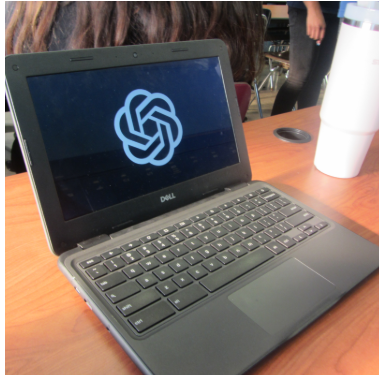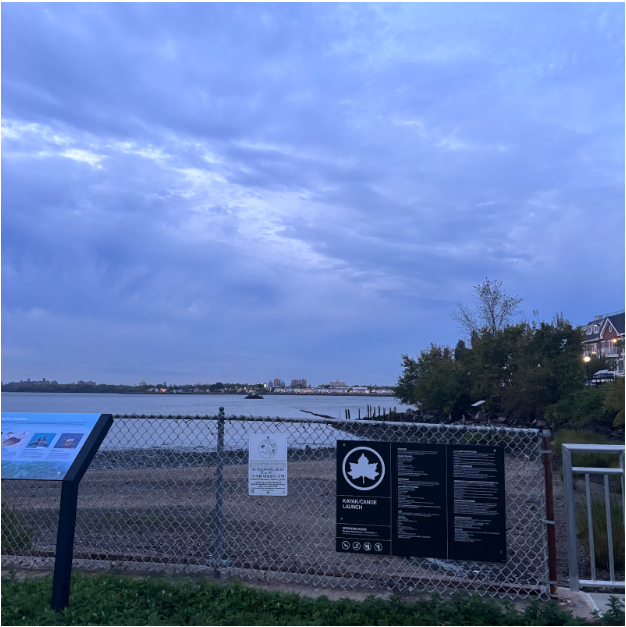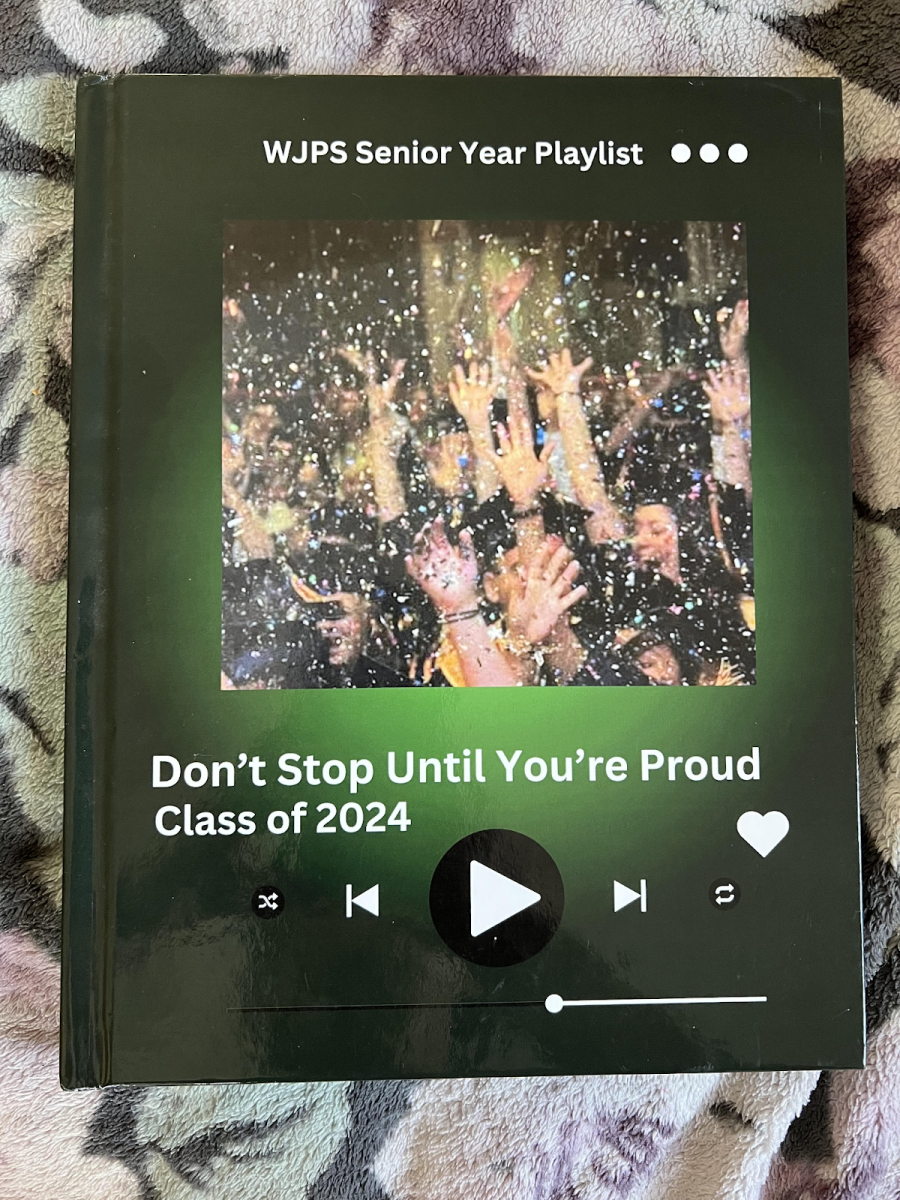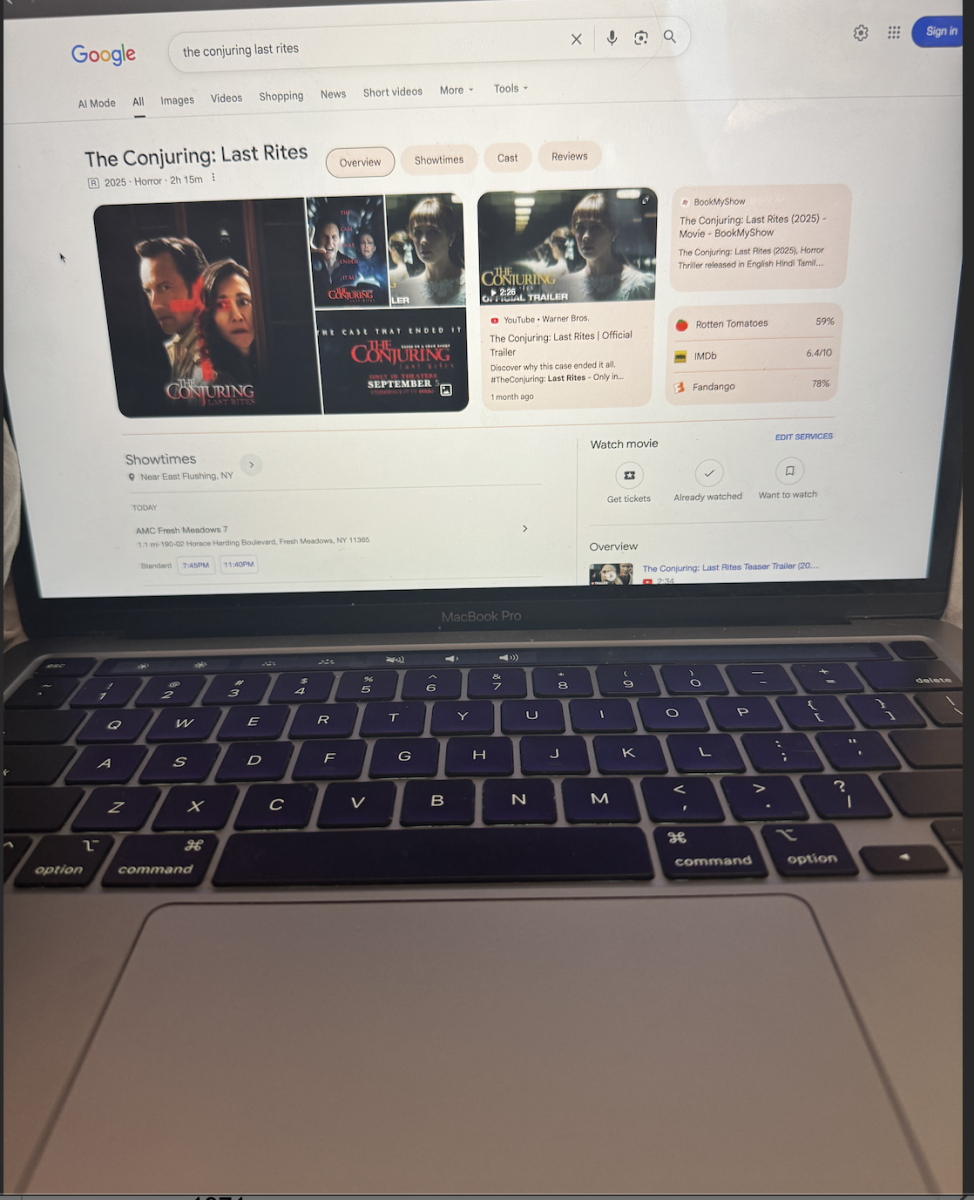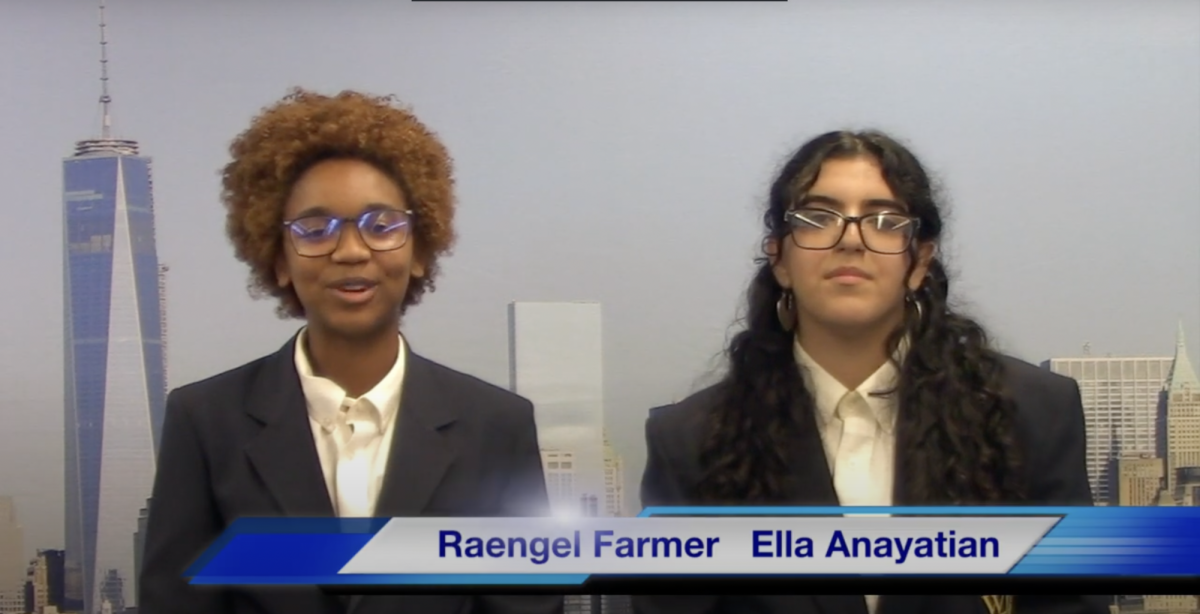by Peggy Wu, staff reporter
School safety has become a national concern after shocking events broke out regarding mass school shootings from elementary schools to high schools. The most recent one, Sandy Hooke Elementary School, occurred when a 20 year old, Adam Lanza, easily brought weapons and killed 20 children and six adults. Lanza’s easy access on guns sparked shock and directed a spotlight on school security.
Public or private, schools consists of a large number of people, from principals to janitors, leaving no distinction among other schools. So incidents like the Sandy Hooke School shooting can happen anywhere.
This school has safety officers who had been required to go through a six month training and are still attending trainings once a month, which includes major components such as courtesy professional respect, safety, CPR, counter terrorists, etc.
‘’The security guards are here to protect the kids and staff,” Sargent Mc Allister said.
Officers keep in check with protocols, whether it’s school food delivery or a parent who is here to pick up a student. ID’s are checked and the sign in book is always used for any visitors.
“Even after the 8 hour school day, we are until 6 pm, the earliest . School perimeter checks are done at least 3 times a day, even after the final bell dismissal. Some days, we are here for 16 hours because of over time in the school building.” Level 1 officer, Saifun said.
These extra hours are due to late night school events, such as the upcoming parent teacher conference this Friday. School safety officers also stay until 11pm at the precinct if an arrest is made in school grounds. While these circumstances are rare, it still happens.
“[This is the most] difficult thing to do, because they are just kids,” said Sargent Mc Allister.
In regards to the whole student body, Mcallister states, “The kids listen to our orders and don’t give us a hard time.” Even when school fights break out, the safety officers are called to assess the situation.
“We are here to help [students], not to get [students],” said Sargent Mc Allister.
In case of an emergency, cell phones can cause interfere with first responders, and can tip over a bomb. Cell phones should only be used to and from school, and when needed in school,students can use the phone in the main office. Other than that, phones should be turn off and placed in the lockers.
“ This school is very safe, the biggest problem is that students and staff have cell phones,” Principal Ms. Schneider said.
This school has 25-30 people trained for drills. The best way to react during an emergency is to cooperate, stay calm and follow direction and don’t get in the way. This school also has a high suspension rate to keep the school safe. Appropriate disciplines are based on the chancellors code.
B61-Using any weapon, other than a firearm, as defined in Category I, to threaten or to attempt to inflict injury upon school personnel, students, or others (L for students who have not completed the school year in which they turned 17, M for general education students who have completed the school year in which they turned 17)
It is advised of students and staff to be aware of any overheard conversations and notify the school administration, so the appropriate actions can be followed up.
“We are in the community, so we need to look out for each other,” Principal Ms. Schneider said.


